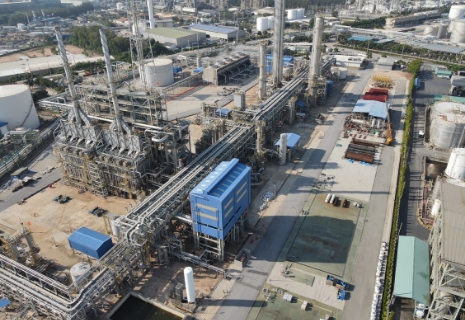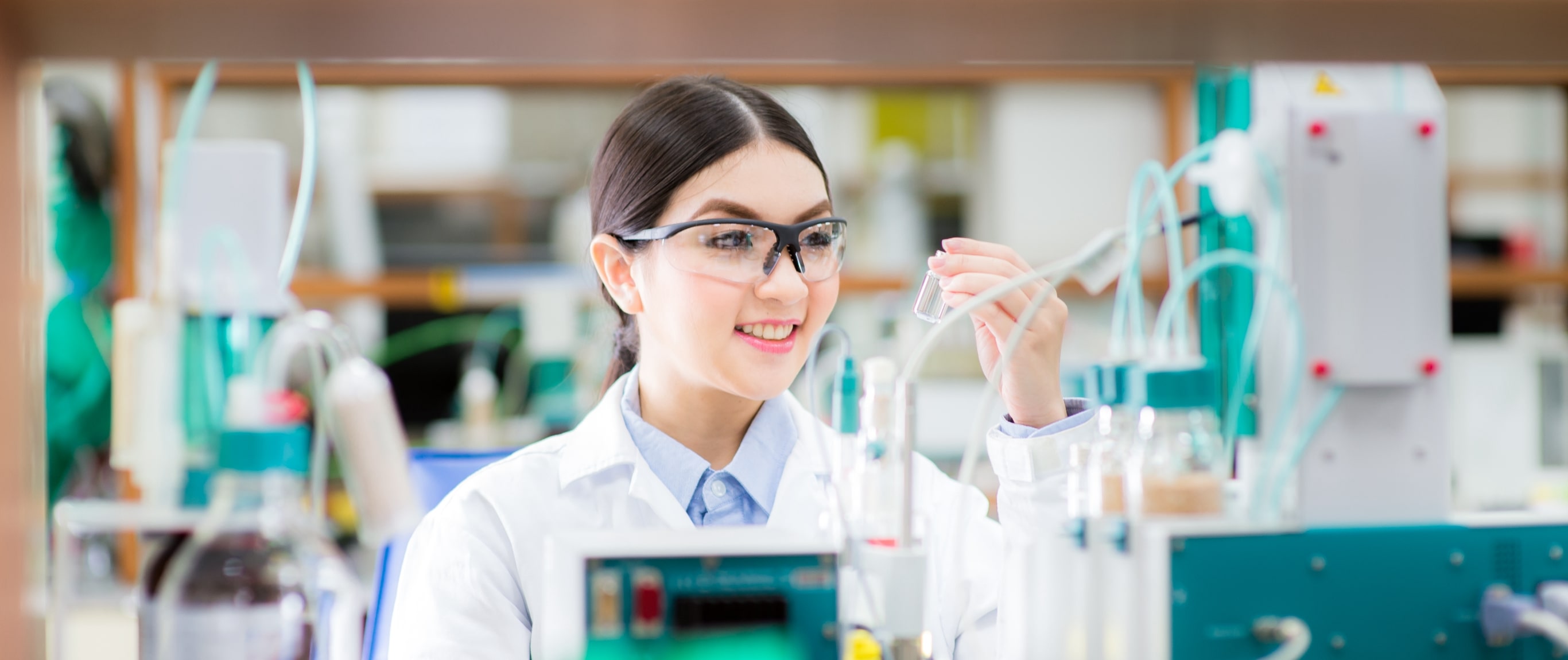To meet all possible customers’ demands, HMC Polymers is consistently committed to advancing its research and special aspects of knowledge, particularly on production processes and catalysts, and generating a variety and diversity of product lines and grades.

Process Technologies
Our PP production uses Spheripol and Spherizone technologies are generated with a process licensed by LyondellBasell, a world-renowned chemical industry leader. Our propane-derived propylene products are generated with the propane dehydrogenation process technically known as Oleflex, licensed by Honeywell UOP.
Specialty and Variety of Products
Spheripol and Spherizone process technologies
- Provide flexibility and diversity of customers’ final products derived from Homopolymer, Random Copolymer, Heterophasic Copolymers, and Terpolymer.
- With outstanding process stability and excellent catalytic efficiency, our products boast unique physical properties and consistent quality.

Spheripol Production Technology
Spheripol PP products including Homopolymers, Random Copolymers, and Heterophasic Copolymers are generated with the world-renowned production technology licensed by LyondellBasell.

Spherizone Production Technology
Spherizone PP products are generated with a multi-zone reactor, the world’s latest and most efficient PP process.

Propane Dehydrogenation (PDH)
Our Propane Dehydrogenation (PDH) unit was constructed in 2007 and commissioned in 2011. PDH operations have been run with outstanding safety records including zero lost-time injury and zero man-hour loss for 12,946,135 cumulative man-hours.
The Oleflex process consists of three sections:
- Reactor section
- Product recovery section
- Catalyst regeneration section
The reactor section contains four sets of flow reactors, each with radial flow direction, an electric charging hot plate and a meshed hot plate, and a heat exchanger to cool the external flow.
The process designed for product recovery section begins with product freezing, compressing, drying, and re-freezing to segregate hydrogens from hydrocarbons. The fluid, after segregation, is sent through the hydrogenation unit to extract diolefins, and then the remaining liquid hydrocarbons are processed through the deethaniser distillation tower to segregate propane-propylene (P-P) to generate propylene-grade polymers. The remaining propane is reverted into the reactor section for recycling.
The catalyst regeneration section is a combustion unit designed to continuously burn the coke coal to revitalise the catalyst.

